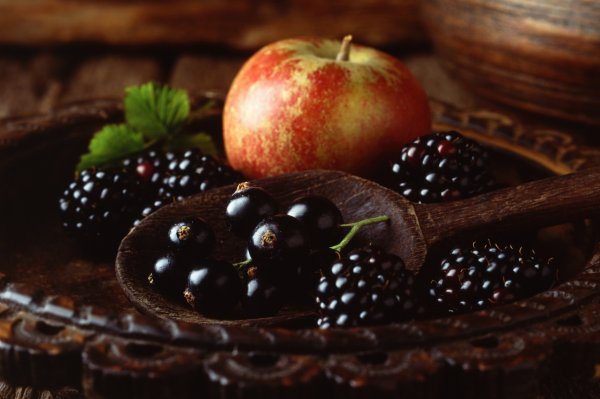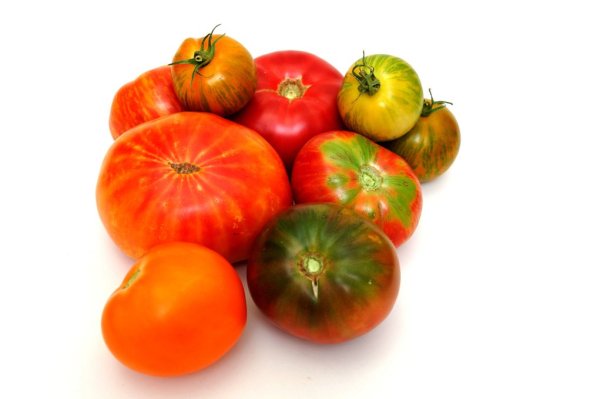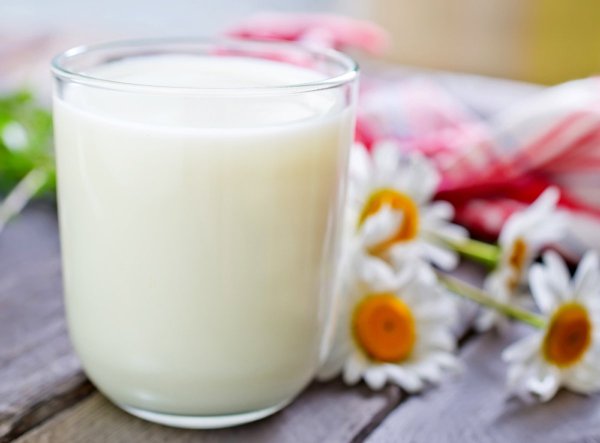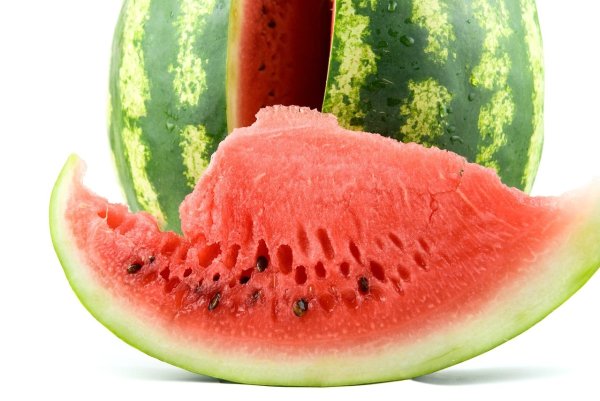If you want to take probiotics, yogurt is your only choice! Nutritionists recommend 7 foods with higher probiotic content than yogurt
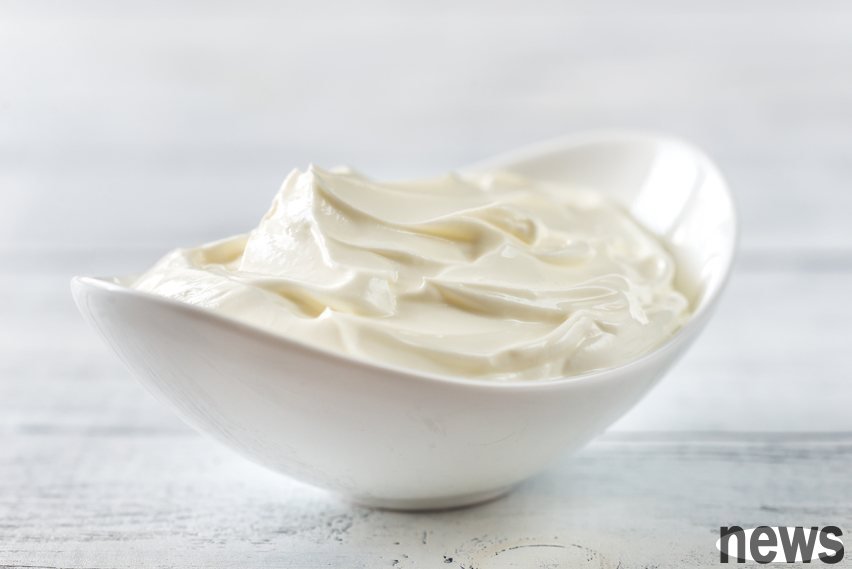
Intestinal health is one of the hottest health issues today, as research has found that the intestinal microbiota, composed of more than one trillion microorganisms, is the core of human health and can enhance immunity, improve brain health, promote digestive function and prevent chronic diseases.
From a lifestyle perspective, there are many ways to support the health of the gut microbiota, including consuming anti-inflammatory and high-fiber foods. However, the main way to enhance the vitality of the microbiota is to consume probiotics through food or supplements.
Nutritionist Samina· Karu (Samina Kalloo pointed out that probiotics are live good bacteria that can strengthen the original healthy microbial flora in the intestines and help consolidate and maintain the balance of the microbial flora. Research has also confirmed that these microorganisms themselves have health benefits. Nutritionist Yasi Ansari said that probiotics can also help with nutrient absorption, regulate mood and reduce inflammation.
Among the most commonly consumed probiotic-rich foods, yogurt ranks high because of its delicious taste and its ability to be used in both sweet and savory recipes. However, the recipe website Real Simple points out that yogurt, which contains 1 million to 100 million colony-forming units (CFU) per gram, is not the only option to increase the intake of probiotics. The following seven foods have the same or even more content per serving than yogurt.
1. Korean Kimchi "Kimchi"Probiotic content: 10 million to 10 billion CFU per gram
Nutritionist Jennifer Wagner said that fermented Korean kimchi can add a delicious and diverse source of probiotics to the diet, and a small amount can provide a large amount of beneficial intestinal bacteria and flavor. In addition, Korean kimchi has many health benefits. Kalu pointed out that in addition to probiotics, "Xinqi" is also rich in antioxidants and vitamins C, A and other nutrients, which can protect the immune system, eye health and intestinal function at the same time. Ansari said its rich flavor also goes well with a variety of dishes, and she likes to mix kimchi into rice or eat it with meat; Wagner likes to add it to turkey burgers, grain bowls or salads, or as a seasoning in rice and pasta dishes.
2. KombuchaProbiotic content: 1 to 10 million CFU per ml
Although kombucha is a popular drink and sometimes has high added sugar content, it is indeed a high-quality source of probiotics. Ansari said kombucha contains beneficial microorganisms, but the types vary depending on how it's stored and prepared. Low-sugar kombucha or refrigerated Jun Tea are still great ways to consume beneficial bacteria while getting anti-inflammatory, antioxidant and plant compounds. Kombucha is a refreshing beverage on its own, but can also be paired with citrus, herbs and juices to create mocktails.
3. MisoProbiotic content: 1 million to 10 million CFU per gram
Karu said that miso is a fermented sauce. The fermentation process makes it rich in probiotics that promote digestion. It has a rich flavor and is a high-quality source of minerals such as manganese and zinc, which helps maintain the health of bones, teeth and immune systems. She reminded that a small amount can be effective. Miso is highly salty. If you need to control your salt intake, you need to be careful about the dosage when using it.
4. Cultured Cottage CheeseProbiotic content: up to 100 million CFU per gram
Not all cottage cheese is rich in probiotics, but fermented cottage cheese labeled as containing "active probiotics" can provide a large amount of probiotics and other nutrients. Carew pointed out that half a cup of cheese contains about 12 grams of protein and is also rich in calcium, phosphorus and vitamin B, which helps bone health and promotes metabolism. She said that poached eggs and vegetables paired with cottage cheese is her favorite breakfast combination; the dense texture and slightly sour flavor of cottage cheese perfectly combine with the ingredients, making it an excellent alternative to salad dressing.
5. KefirProbiotic content: 10 million to 100 million CFU per ml
Wagner said that kefir is a slightly acidic drink made from fermented kefir bacteria. The texture is slightly thicker than milk but not as thick as yogurt. Research confirms that this affordable, probiotic-rich drink goes beyond gut-health-boosting probiotics, with cholesterol-lowering potential and anti-inflammatory properties. As dairy products, kefir and cottage cheese are also rich in nutrients that support bone and metabolic health. Ansari says the fermentation process reduces the lactose content, making it easier for some people to digest; she likes to add it to smoothies, overnight oats, or enjoy it with muffins.
6. SauerkrautProbiotic content: 1 million CFU per two tablespoons
Compared with raw cabbage, research shows that the fermentation process of sauerkraut can change its nutritional composition and further promote intestinal health. Carew says that raw or unpasteurized sauerkraut has a much higher probiotic content than commercially available or pasteurized products, which lose large amounts of beneficial bacteria during the sterilization process. This sour and spicy dish is also rich in dietary fiber, vitamins C, K, B, iron and potassium, which can strengthen the immune system, bone health, metabolism and blood circulation. Ansari said she likes to add sauerkraut to grain bowls or avocado toast.
7. NattoProbiotic content: 10 billion CFU per gram
Although natto is far less popular than other foods on this list, its probiotic content is far better than yogurt. This traditional Japanese food is rich in protein, micronutrients and antioxidants and helps maintain healthy tissue, immune function and metabolism. It is commonly eaten with rice, vegetables, eggs, chopped green onions or soy sauce. Natto is less common in general supermarkets and can be purchased online or in Asian supermarkets.





